I have this data frame:
x <- data.frame(
Date = factor(rep(
c("12/1/2011", "1/2/2012", "2/1/2012", "2/10/2012", "2/13/2012"),
3
)),
Server = factor(rep(c("A", "B", "C"), each = 5L)),
FileSystem = factor(c(
"/", "/var", "tmp", "/db", "/app", "C:", "D:", "F:", "/restore",
"G:", "/", "/tmp", "/data", "/Storage", "/database"
)),
PercentUsed = c(
60L, 50L, 90L, 86L, 90L, 67L, 67L, 34L, 89L, 56L, 90L, 78L,
67L, 34L, 12L
)
)
x
#> Date Server FileSystem PercentUsed
#> 1 12/1/2011 A / 60
#> 2 1/2/2012 A /var 50
#> 3 2/1/2012 A tmp 90
#> 4 2/10/2012 A /db 86
#> 5 2/13/2012 A /app 90
#> 6 12/1/2011 B C: 67
#> 7 1/2/2012 B D: 67
#> 8 2/1/2012 B F: 34
#> 9 2/10/2012 B /restore 89
#> 10 2/13/2012 B G: 56
#> 11 12/1/2011 C / 90
#> 12 1/2/2012 C /tmp 78
#> 13 2/1/2012 C /data 67
#> 14 2/10/2012 C /Storage 34
#> 15 2/13/2012 C /database 12
I would like to put a legend right next to each facet_wrap grid, its own FileSystem:
When I do this, it puts the legend on the side of the plot for all of the FileSystem. Is it possible to put FileSystem belong to each server next to each grid?
ggplot(x, aes(Date, PercentUsed, group=1, colour=FileSystem)) +
geom_jitter(size=0.5) + geom_smooth(method="loess", se=T) +
facet_wrap(~Server, ncol=1)
